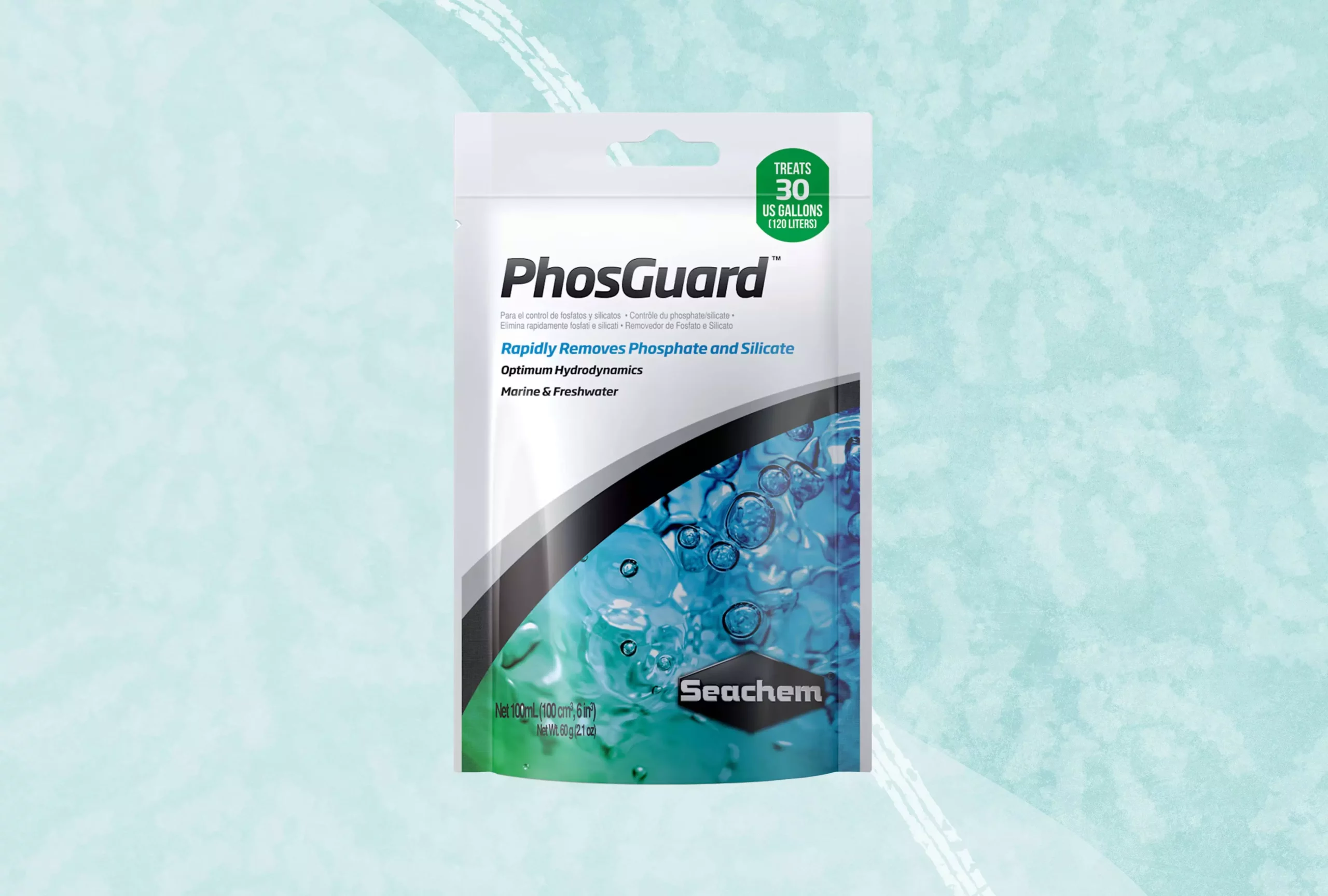Maintaining a healthy aquarium is a nuanced endeavor that goes beyond simply providing food and a clean environment for your aquatic life. One of the most pressing issues that fish owners face is the management of water quality, particularly concerning phosphates—a relatively common yet critical contaminant. This article aims to explore the nature of phosphate, its impacts on aquatic ecosystems, and solutions to mitigate its effects.
Phosphate plays a dual role in aquarium ecosystems. On one hand, it is essential for plant growth and supports vital biochemical processes. On the other hand, elevated phosphate levels can lead to eutrophication, fueling unsightly algae blooms that can deplete oxygen levels in the water. When algae proliferate, they can create a domino effect that alters the pH balance, stressing fish and potentially leading to fatal outcomes.
It’s essential to understand that while phosphates themselves are not inherently harmful to fish, their secondary effects can significantly impact aquatic life. Excessive algae growth, encouraged by high phosphate concentrations, can suffocate tank inhabitants by consuming oxygen and competing for nutrients. Regular water changes and careful monitoring of your aquarium’s conditions are crucial for keeping phosphate levels in check.
Before diving into solutions, it’s important to identify the sources of phosphates in your aquarium. Common culprits include:
– **Fish Food:** Overfeeding can lead to increased waste, which breaks down into phosphates.
– **Decomposing Organic Matter:** Dead plant matter, uneaten food, or detritus can contribute to phosphate levels as they decay.
– **Source Water Quality:** Municipal or well water may have inherent phosphates, complicating your efforts in managing levels.
By eliminating or reducing the sources of phosphates, you can establish a more balanced environment for your fish.
If you’re grappling with high phosphate levels, several effective phosphate-removing products exist on the market. However, choosing the right one highly depends on your aquarium type—be it freshwater or saltwater, as well as your specific needs.
1. **Granular Ferric Oxide (GFO):**
GFO products, like PhosBan, are highly effective at absorbing phosphates. Their high density makes them excellent for continuous control, but they function best in a dedicated reactor that allows for optimal water flow. While effective, the upfront cost can be higher than other options, but the long-term benefits often outweigh this initial investment.
2. **Liquid Phosphate Removers:**
Solutions such as Brightwell Aquatics Phosphat-E allow for rapid phosphate reduction during periods of transient peaks. These liquid products bind phosphates and can cause temporary cloudiness in water as the precipitate settles. They are generally easier to apply but require consistent re-dosing.
3. **Phosphate Sponge Products:**
Sponge products, like API’s Phos-Zorb, work by trapping phosphates and silicates as water flows through them. While convenient and user-friendly, they need to be replaced periodically to maintain efficacy, often every month or two, depending on your aquarium’s specific conditions.
4. **Filter Pads:**
The EA Premium Phosphate Reducer Filter Pad is especially notable for its versatility. It can be cut to fit various filtration compartments, offering an adaptable solution for both freshwater and saltwater tanks. It effectively traps particulates and debris while assisting in lowering phosphate levels.
Incorporating a reliable phosphate testing kit into your aquarium maintenance routine is essential. Testing allows you to monitor changes and adapt your strategies as necessary, ensuring you stay ahead of potential issues. Look for kits that specifically address phosphates, as not all general test kits will include this variable.
Implementing a comprehensive maintenance regimen will also significantly impact phosphate control. Regular water changes, careful management of feeding practices, and removing organic debris are foundational practices that support phosphate management.
Managing phosphates effectively in your aquarium may initially seem overwhelming, but understanding the role phosphates play, identifying their sources, and implementing targeted removal strategies will lead you to success. By combining these practices with regular testing and maintenance, you can foster a healthy aquatic environment that enhances the livability and aesthetics of your tank. Ultimately, it’s not just about removing phosphates; it’s about creating a balanced ecosystem where your fish can thrive. As you manage your aquarium with diligence and care, your aquatic friends will reward you with their beauty and activity, transforming your tank into a flourishing underwater paradise.

